Yap Island is in the Caroline Islands of the Federated States of Micronesia, east of the Philippines.
One thing that makes Yap notable is the unique historic form of currency that is still in use to this day. While Yap Islands’ primary currency is the United States dollar, for large, important transactions, islanders use Rai stones — the largest and heaviest currency in the wold. These carved limestone carved disks can weigh as much as seven tons.
Valuation of each stone depends on its size, and also on the story behind its manufacture and transport to Yap from the islands where they are quarried, hundreds of miles away. For example, if many people died trying to bring the stone to Yap, this can increase the perceived value. They may be used for large transactions such as purchasing land, or for significant social occasions like paying for a wedding dowry.
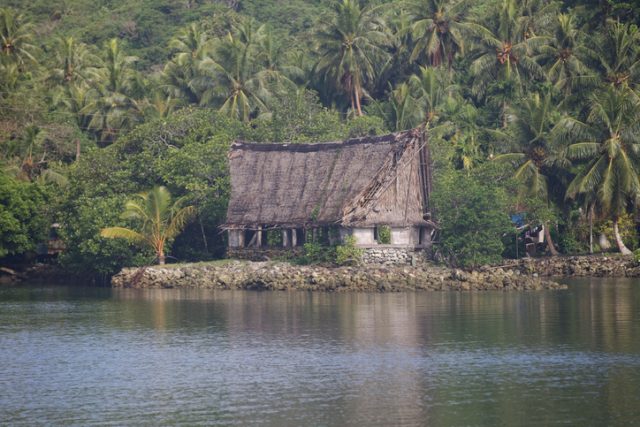
Because of their size, the disks never actually physically change hands, just owners. Records of each stone — what it’s worth and who owns it — are kept only in the oral history of the community.
The villages are so small that everyone knows who owns which disk. Shells and whale teeth were previously also considered currency and were much easier to carry.
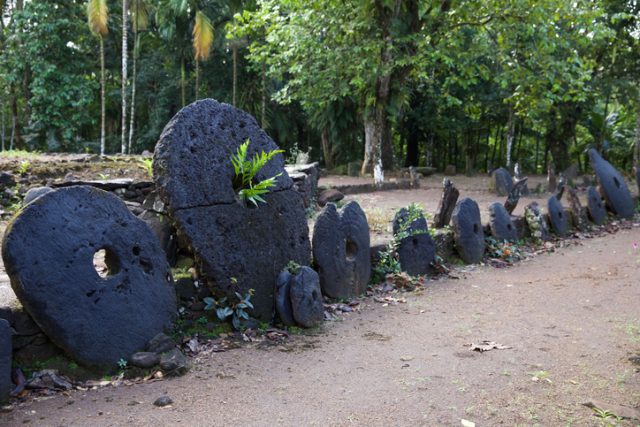
Portuguese explorer, Diego DeRocha, claimed discovery of Yap in 1526. The island was settled by Filipinos and Indonesians possibly thousands of years before the birth of Christ.
In 1731, a Spanish mission was erected by Father Jan Cantova and Father Visitor Walter, Catholic priests from nearby Ulithi Island. A year later, a supply ship found the Spaniards had been killed.
By 1800, trade between the Europeans and Yapese had been established and Germany set up a permanent trading store, Godeffroy & Son, which quickly become profitable.
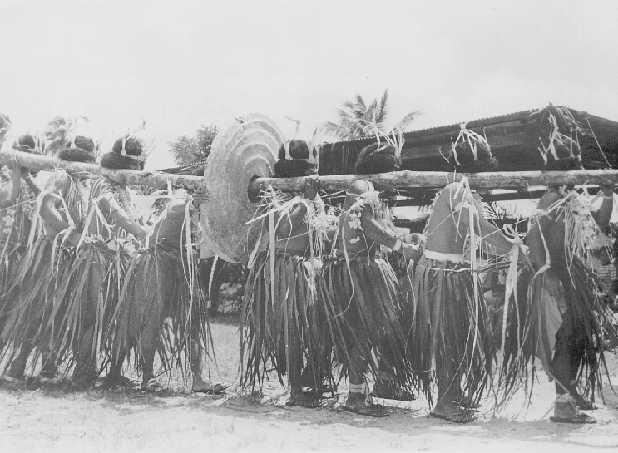
Although Great Britain, Spain, and Germany claimed Yap, it wasn’t until 1874 that Spain actually took possession of the island, causing problems with the Germans.
Rivalry ensued until Pope Leo XII stepped in and awarded the island to Spain, but allowed free trading rights to all countries. Spain immediately sent soldiers and started building churches.
In 1899, Spain sold the island of Yap to Germany for $4.5 million dollars, according to visityap.com.
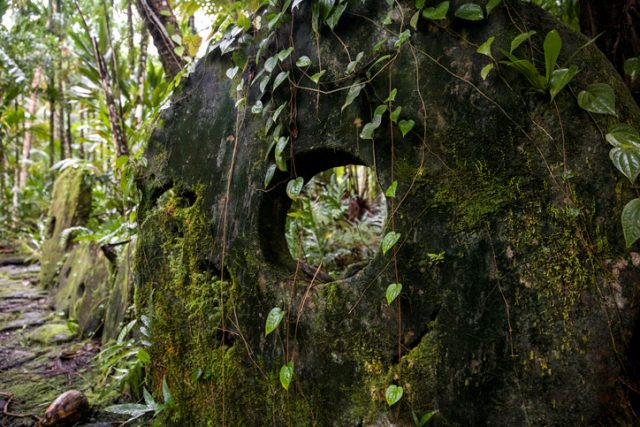
With the influx of Germans and Spaniards came influenza and other communicable diseases, killing more than 1,000 of the islanders.
At the outbreak of World War I, the British bombed the island and destroyed a German communication network. The Japanese Expeditionary Squadron occupied the island from October 1914.
At the end of the war, the League of Nations and Japan signed a treaty giving the Japanese the Pacific islands north of the Equator, excluding Hawaii.
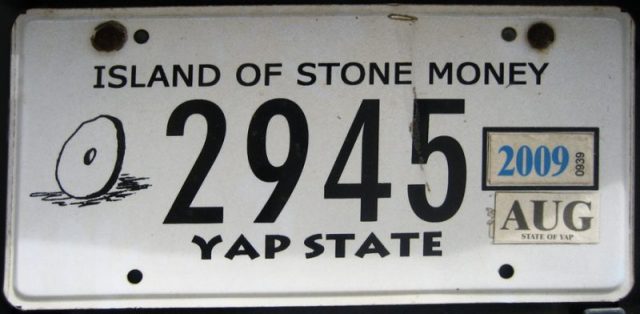
Between the years 1920 and 1940, the Japanese population of Yap jumped from 97 to almost 2,000. As the years went by, the Japanese forced the Yapese to labor in the mines until the end of World War II, when America captured both Yap and Ulithi.
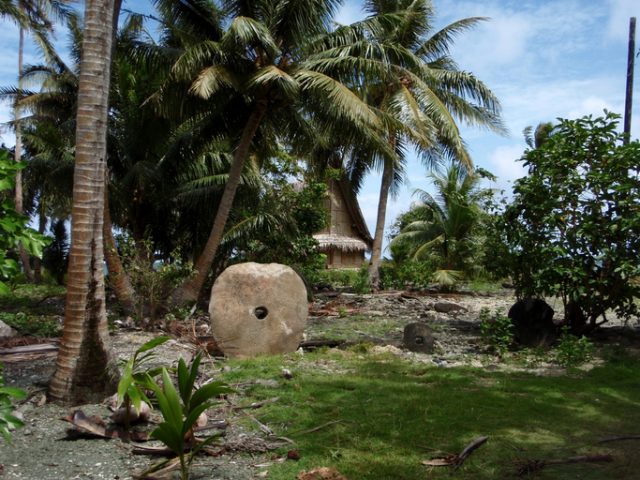
The islands remained under United States Navy jurisdiction until 1952 and used natives rather than foreigners for administration duties. A constitution of the Federated States of Micronesia was established in the 1980s.
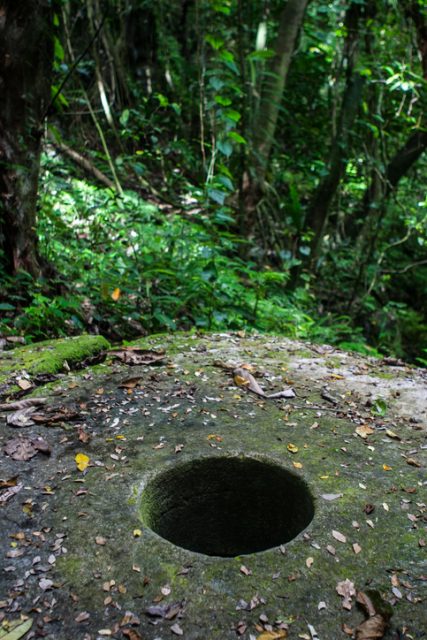
The area in which Yap lies has about 130 islands and atolls nestled into an archipelago on a coral reef.
Tourist economy is very important; scuba diving and the chance to swim with manta rays in crystal clear water with a yearly temperature of about 80 degrees make an attractive place to vacation.
The main island is around 50 square miles of mostly volcanic rock and limestone.
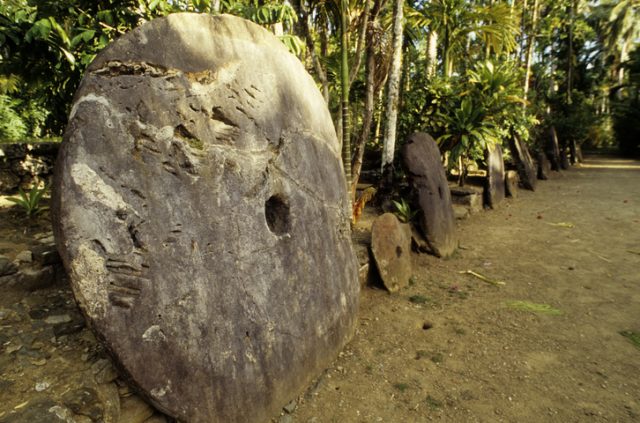
The Yapese hold three celebrations yearly to honor their heritage. March 1st and 2nd are set aside for Yap Day, where everything Yap is celebrated.
Food, family life, and tradition are featured, with native dancing in Yapese traditional dress, races, competitions including conch shell blowing, speeches, and scuba diving.
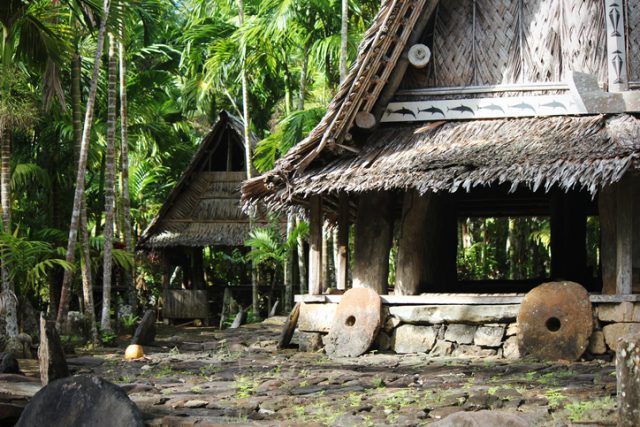
The third Saturday in June is the Homecoming Festival. Shared with Palau, the Festival includes Bamboo dances, Japanese juggling, student presentations, and scuba diving. There is also a living history museum and a fishing tournament.
Read another story from us: One Man’s Solitary Nightmare on a Deserted Island full of Haunted Dolls
The third festival is the Canoe Festival in November or December. The Yapese are experts at canoe building and take this opportunity to show off their skills with canoe racing, bamboo raft construction, and sailing, as well as weaving of traditional sails and ropes from coconut husks, weaving baskets, and, of course, scuba diving.
